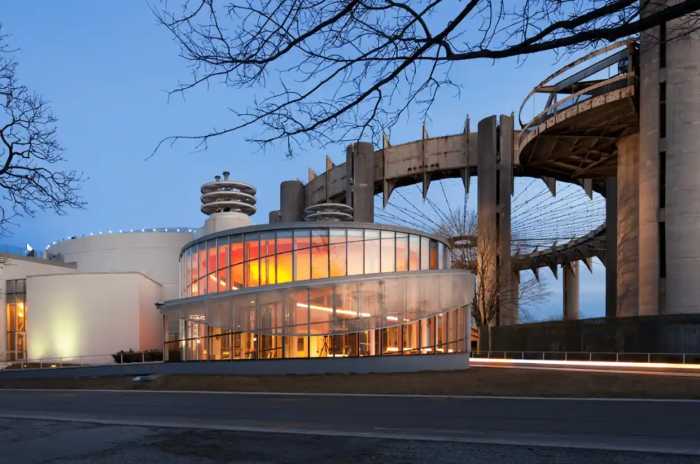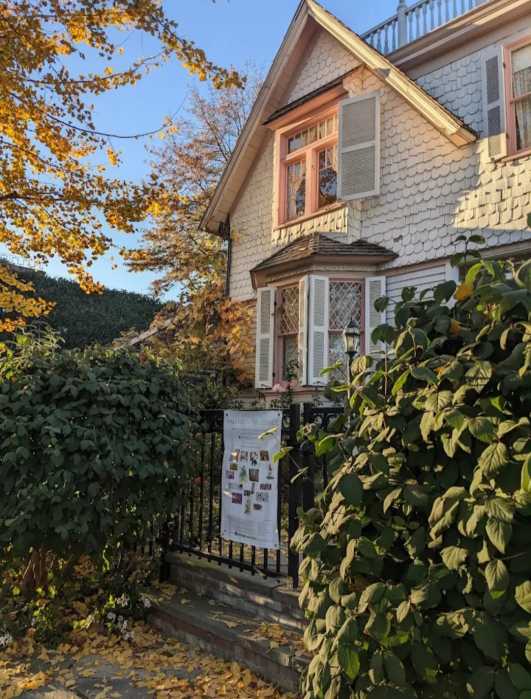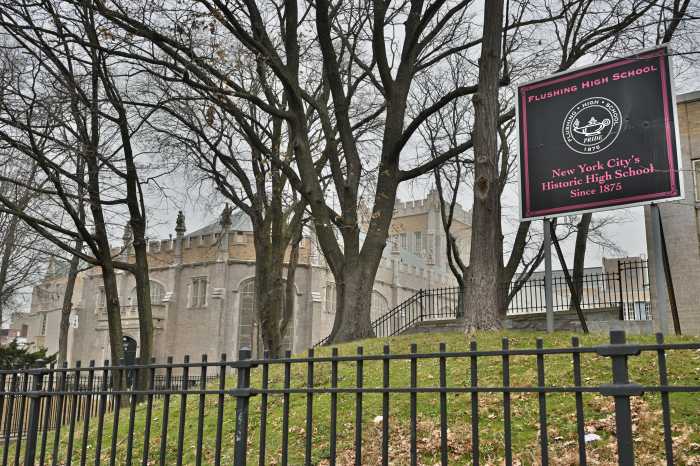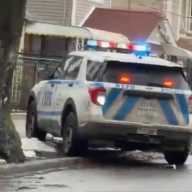The Federal Aviation Administration “astounded” members on the LGA Airport Committee at the Dec. 4 meeting when they revealed that noisy flight patterns have been over-utilized and better management oversight would be practiced in the future.
FAA officials said the notorious TNNIS departure flight pattern, introduced in 2012, has been employed out of convenience as opposed to situations that call for accommodating more flights leading to massive headache for residents of northeast Queens.
“I almost did a backflip in the center of the conference room when the FAA announced they are creating an added layer of management oversight to guarantee that TNNIS is used only when necessary,” Maria Becce, retired vice president of the Broadway-Flushing Homeowners Association, said in an email. “This a MAJOR positive development in establishing community relations with the FAA regarding the efficient and agreed upon use of the TNNIS flight pattern. It will bring immediate relief to excessive airplane noise to northeast Queens. The final long-term step is to develop a replacement for TNNIS, but for now this is a major positive accomplishment.”
The TNNIS climb is known to cause impacts throughout Flushing and Bayside with residents of Broadway-Flushing complaining that the noise could be compromising the structural integrity of their homes, which are recognized as a historic district by the state.
The departure route will now only be used when airspace between LaGuardia and JFK is full and for other safety reasons, according to Becce.
Communities throughout the borough have been fighting for change though organizations such as Queens Quiet Skies and the New York Community Aviation Roundtable.
Anxiety, depression and other stress-related conditions can affect the overall health of people living beneath the controversial flight patterns that the Federal Aviation Administration launched unannounced in 2012, according to a Columbia University study released in August.
The issue has even made a place for itself in Congress with the Quiet Skies Caucus, co-chaired by U.S. Rep Tom Suozzi, which advocates for communities across the nation impacted by noisy flight patterns.
The FAA began piloting an alteration to the North Shore helicopter route on Oct. 15 that reduces noise by 50 percent over Whitestone and College Point by forcing helicopters to fly farther out over the water.




































